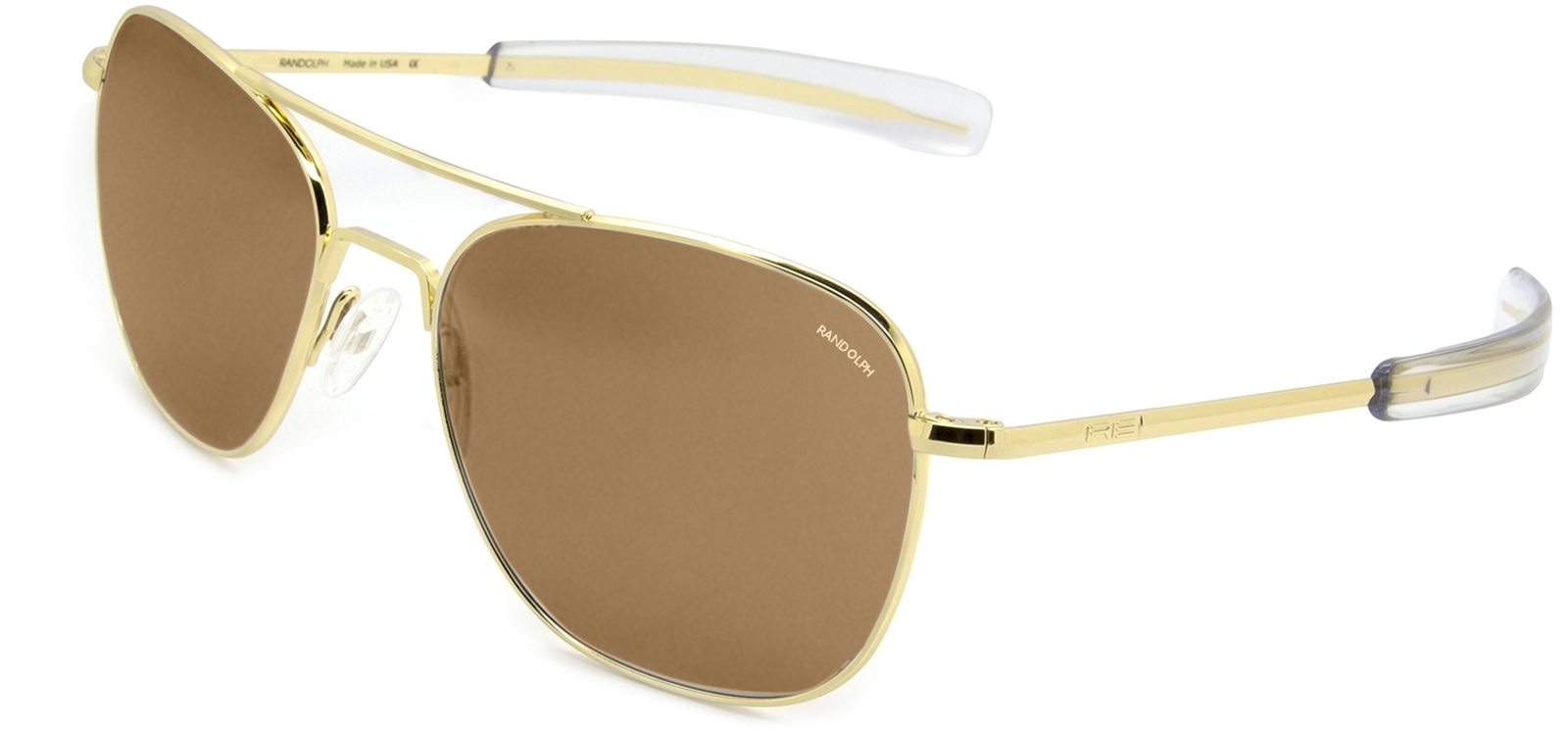Sunglasses Lens Materials
Lens Materials
When purchasing sunglasses it can be confusing figuring out what lens materials the sunglasses have in them. As a result one of the questions I get asked frequently is about the sunglasses lens material used in the sunglasses we sell. For sunglasses there are three common lens materials used for sunglasses lenses and each one has a specific property which may or may not be right for you. One common assertion is that plastic lenses are lighter than glass lenses, and therefore are more comfortable. In fact most optometrists today seem to prefer to offer plastic lenses instead of glass lenses.
3 Common Lens Materials
Here is a list of the three most common lens materials:- Crown Mineral Glass
- CR39 Plastic
- Polycarbonate
Each has its own advantages and disadvantages.
Let's examine them to find out which is best for you.
Crown Mineral Glass Lenses
Lenses which are made from crown mineral glass have terrific optical properties as indicated by the high Abbe value they achieve.
In addition to being more scratch resistant they are slightly heavier and less impact resistant than plastic.
On the other hand glass lenses will absorb some ultraviolet rays; however, it is necessary to add some chemicals during the manufacturing process to increase absorption or apply a special uv protection coating to the glass lenses.
Over time a glass lens will retain its tint longer, but when the glass lenses are prescription the tint color may be less uniform due to the varying thickness of parts of the lens.
CR-39® Plastic Lenses
CR-39® plastic lenses have excellent optical qualities, are more impact resistant and are lighter in weight.
On the other hand this lens material can be easily scratched even after a scratch resistant coating is applied to the lens.
These lenses can easily be tinted and uniformly even if the wearer requires a great deal of refractive correction.
But the tint will easily fade and over time the fading will become excessive.
Polycarbonate Plastic Lens Materials
Polycarbonate plastic lenses are lighter than either glass or CR-39® lenses as well as being the most impact resistant lenses available today.
Unfortunately polycarbonate lenses have a low Abbe value, indicating inherent optical aberrations which cause distortion for the wearer.
Application of an anti-reflective coating will improve optical quality, particularly when it is necessary for the lens to have a high refractive correction.
The lenses have built-in ultraviolet protection and are manufactured with a scratch resistant coating that is better than that applied to CR-39® lenses.
Because polycarbonate lenses do not accept tinting as readily as the other lens materials they are less adaptable for use as sunglasses.
Sunglasses Lens Materials
The following video provides a description of the properties of various lens materials:
Lens Materials And Shatter Resistance
This video shows the importance of sunglass lenses being shatter resistant:
Which Lens Materials Keeps Eyes Cooler?
Because of the structure of glass it is important to remember that glass lenses will reflect more heat radiation and keep your eyes cooler resulting in eyes that will be relaxed and comfortable at the end of a long day in the hot sun.
All Randolph Aviator sunglasses come with glass lenses for distortion free visual acuity and keeping your eyes cool no matter what the lighting conditions.
Have a prosperous day! 


p.s. Please share "Randolph Aviator Sunglasses" with your friends on social media.




Leave a comment
This site is protected by hCaptcha and the hCaptcha Privacy Policy and Terms of Service apply.